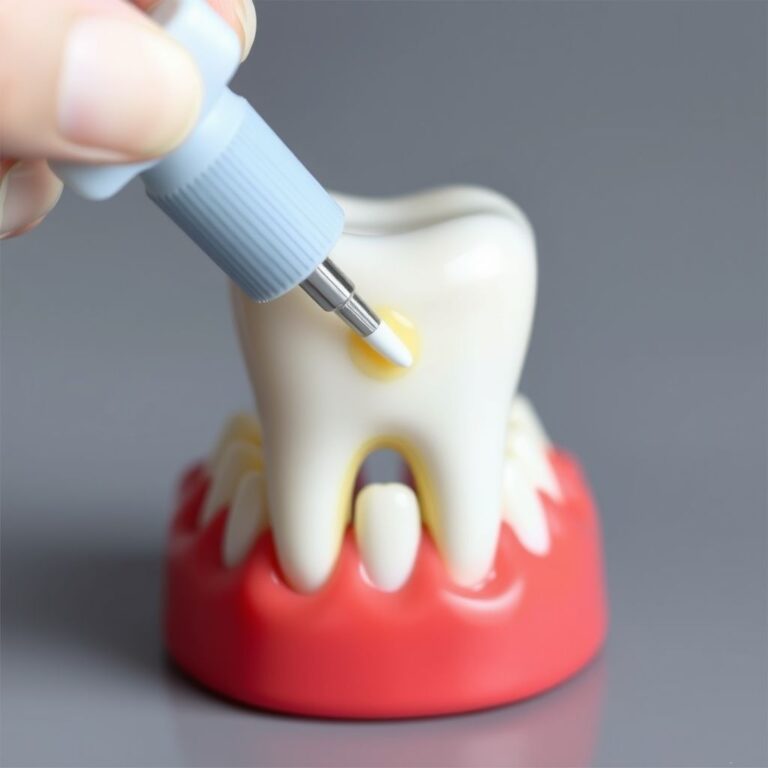Composite Tooth Filling Cost: A Comprehensive Guide
A toothache can be a nightmare, but ignoring a cavity can lead to even worse dental problems. If your dentist has recommended a composite tooth filling, you might be wondering about the cost, durability, and whether it’s the best option for you.
Composite fillings have become the gold standard in modern dentistry due to their natural appearance and durability. However, their cost varies widely depending on location, dentist expertise, and insurance coverage. This comprehensive guide will break down everything you need to know about composite tooth filling costs, helping you make an informed decision.

2. What Is a Composite Tooth Filling?
Composite fillings, also known as tooth-colored or white fillings, are made from a mixture of plastic resin and fine glass particles. Unlike traditional amalgam (silver) fillings, composite fillings blend seamlessly with your natural teeth, making them a popular choice for visible areas.
Key Features of Composite Fillings:
-
Aesthetic Appeal: Matches tooth color.
-
Bonding Strength: Chemically bonds to the tooth.
-
Minimally Invasive: Requires less tooth removal than amalgam.
-
Mercury-Free: Safe for long-term use.
3. Types of Dental Fillings Compared
| Filling Type | Material | Cost (Per Tooth) | Lifespan | Pros | Cons |
|---|---|---|---|---|---|
| Composite | Resin + Glass | $90 – $450 | 5-10 years | Natural look, bonds well | More expensive, less durable than gold |
| Amalgam | Silver + Mercury | $50 – $200 | 10-15 years | Durable, cheaper | Visible, contains mercury |
| Ceramic | Porcelain | $250 – $1,500 | 10-15 years | Stain-resistant, natural | Expensive, brittle |
| Gold | Gold Alloy | $500 – $4,500 | 15-30 years | Extremely durable | Very expensive, noticeable |
4. Factors Affecting Composite Filling Costs
A. Location & Dentist’s Expertise
-
Urban clinics charge more than rural ones.
-
Specialists (e.g., cosmetic dentists) may charge a premium.
B. Size & Number of Cavities
-
A small filling costs $90–$200, while a large one may reach $450+.
-
Multiple fillings often come with discounts.
C. Dental Insurance Coverage
-
Most plans cover 50–80% of composite filling costs.
-
Medicaid & Medicare may offer limited coverage.
D. Additional Procedures
-
If a root canal or crown is needed, costs rise significantly.
5. Average Cost of Composite Fillings (By Country & Tooth Type)
| Country | Average Cost (USD) |
|---|---|
| USA | $150 – $450 |
| UK | £80 – £250 |
| Canada | CAD 120 – CAD 400 |
| Australia | AUD 150 – AUD 500 |
Cost by Tooth Type:
-
Front teeth: More expensive due to aesthetic demands.
-
Molars: Thicker fillings needed, increasing cost.
6. Insurance Coverage & Payment Options
-
PPO Plans: Cover 50–80% after deductible.
-
HMO Plans: Lower premiums but limited choices.
-
Dental Discount Plans: Save 10–60% per filling.
-
Payment Plans: Many dentists offer interest-free installments.
7. Pros and Cons of Composite Fillings
Pros:
✔ Natural appearance
✔ Bonds directly to the tooth
✔ Mercury-free
✔ Less tooth structure removal
Cons:
✖ More expensive than amalgam
✖ Less durable (may need replacement sooner)
✖ Longer placement time
8. How Long Do Composite Fillings Last?
-
Average lifespan: 5–10 years (with proper care).
-
Factors affecting longevity:
-
Teeth grinding (bruxism)
-
Diet (avoiding hard/sticky foods)
9. The Procedure: Step-by-Step
-
Numbing the Area (local anesthesia).
-
Removing Decay (drill or laser).
-
Applying Composite Resin (layer by layer).
-
Curing with UV Light (hardens the resin).
-
Polishing & Bite Adjustment.
10. Alternatives to Composite Fillings
-
Amalgam: Cheaper but less aesthetic.
-
Ceramic (Inlays/Onlays): More durable but costly.
-
Glass Ionomer: Used for baby teeth.
11. How to Extend the Lifespan of Your Fillings
-
Brush & floss daily.
-
Avoid chewing ice/hard candy.
-
Wear a nightguard if you grind teeth.
-
Visit the dentist every 6 months.
12. Common Myths About Composite Fillings
❌ “They weaken teeth.” (False – they bond strongly.)
❌ “They’re only for front teeth.” (Can be used on molars.)
❌ “They contain harmful chemicals.” (FDA-approved.)
13. Choosing the Right Dentist
-
Check reviews & credentials.
-
Ask about warranties on fillings.
-
Compare prices & insurance acceptance.
14. Conclusion
Composite tooth fillings offer a natural-looking, durable solution for cavities, though costs vary by location and dentist. Insurance can reduce expenses, and proper care extends their lifespan. Always consult a trusted dentist to determine the best option for your dental health.
15. FAQs
Q1: Are composite fillings more expensive than silver ones?
Yes, composite fillings cost $90–$450, while amalgam is $50–$200.
Q2: Can I get a composite filling on a molar?
Yes, but they may wear faster than amalgam or gold.
Q3: How do I know if I need a filling?
Signs include tooth sensitivity, pain, or visible holes.
Q4: Do composite fillings stain?
They resist stains better than natural teeth but may discolor over time.
Q5: Can I eat after a composite filling?
Wait 1–2 hours to avoid damaging the fresh filling.


